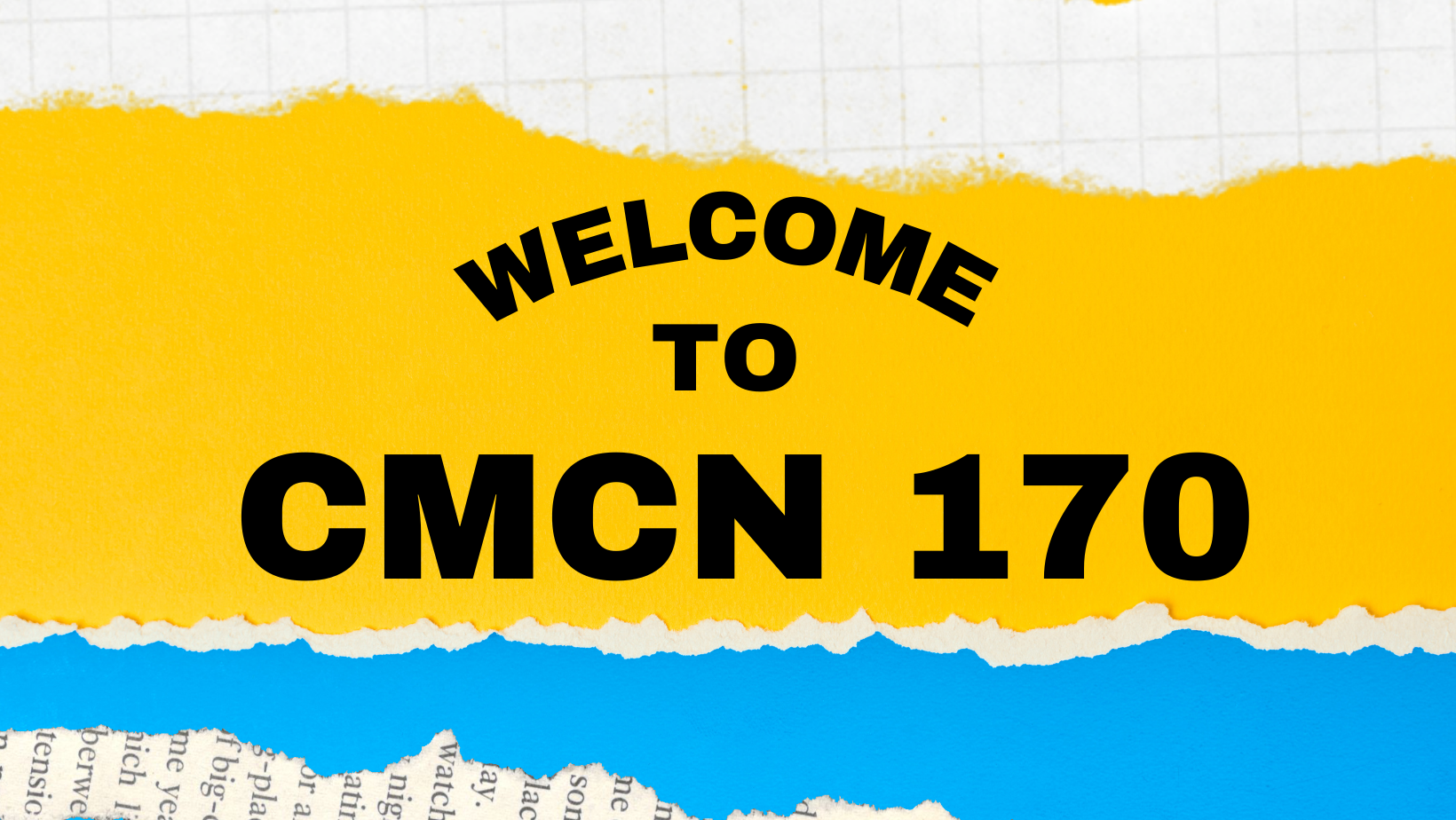University of Louisiana at Lafayette
Search results: 879
This course has additional cost. Learn more at online.louisiana.edu/get-started/tuition-cost. This section is reserved for students in the fully online programs of GSO, HPW, HSAO, RN-to-BSN & MGMO.
- Teacher: Eric Delaune
Category: Criminal Justice
This course has additional cost. Learn more at online.louisiana.edu/get-started/tuition-cost. This section is reserved for students in the fully online programs of GSO, HPW, HSAO, RN-to-BSN & MGMO.
- Teacher: Christopher Palmore
Category: Criminal Justice
This course has additional cost. Learn more at online.louisiana.edu/get-started/tuition-cost. This section has 1 seat reserved for GSO students.
- Teacher: Michelle Jeanis
Category: Criminal Justice
This course has additional cost. Learn more at online.louisiana.edu/get-started/tuition-cost. This section has 2 seats reserved for CJUO students.
- Teacher: Kelley Christopher
Category: Criminal Justice
This course has additional cost. Learn more at online.louisiana.edu/get-started/tuition-cost. This section is reserved for students in the fully online programs of GSO, HPW, HSA, RN-to-BSN & MGMO.
- Teacher: Eric Delaune
Category: Criminal Justice
This course has additional cost. Learn more at online.louisiana.edu/get-started/tuition-cost. This section is reserved for students in the fully online programs of GSO, HPW, HSA, RN-to-BSN & MGMO.
- Teacher: Eric Delaune
Category: Criminal Justice
This course has additional cost. Learn more at online.louisiana.edu/get-started/tuition-cost. This section is reserved for students in the fully online programs of GSO, HPW, HSAO, RN-to-BSN & MGMO. This course has additional cost for lab kits and book.
- Teacher: Kimberly Long
Category: Criminal Justice
This course has additional cost. Learn more at online.louisiana.edu/get-started/tuition-cost. This section is reserved for students in the fully online programs of GSO, HPW, HSA, RN-to-BSN & MGMO.
- Teacher: Vanessa Lasala
Category: Criminal Justice
This course has additional cost. Learn more at online.louisiana.edu/get-started/tuition-cost. This section has 1 seat reserved for GSO students.
- Teacher: Jada Hector
Category: Criminal Justice
This course has additional cost. Learn more at online.louisiana.edu/get-started/tuition-cost. This section has 3 seats reserved for GSO students.
- Teacher: Kelley Christopher
Category: Criminal Justice
This course has additional cost. Learn more at online.louisiana.edu/get-started/tuition-cost. This section has 4 seats reserved for GSO students.
- Teacher: Jada Hector
Category: Criminal Justice
This course will examine the topic of serial murder from a criminological perspective. Students will gain a grounded understanding of how academics and practitioners have approached the investigation of serial homicide, from the creation of the BAU to the investigative psychology research of today. Students will be exposed to the various forms of typologies and profiling tactics for serial homicide, with special focus on the changing landscape of serial investigation and modern technological innovations.
- Teacher: Michelle Jeanis
Category: Criminal Justice
This course has additional cost. Learn more at online.louisiana.edu/get-started/tuition-cost. Students must have permission of instructor to register for this class.
- Teacher: Michelle Jeanis
Category: Criminal Justice
This course has additional cost. Learn more at online.louisiana.edu/get-started/tuition-cost. This section is reserved for students in the fully online programs of GSO, HPW, HSA, RN-to-BSN & MGMO.
- Teacher: Bri Hendricks
Category: Communication
This course has additional cost. Learn more at online.louisiana.edu/get-started/tuition-cost. This section is reserved for students in the fully online programs of GSO, HPW, HSA, RN-to-BSN & MGMO.
- Teacher: Madelaine Landry
Category: Communication
This course has additional cost. Learn more at online.louisiana.edu/get-started/tuition-cost. This section is reserved for students in the fully online programs of CJUO, GSO, HPW, HSAO, RN-to-BSN & MGMO.
- Teacher: Madelaine Landry
Category: Communication
This course has additional cost. Learn more at louisiana.edu/studentcashier/tuition-fees/current-tuition-fees/online-hybrid-programs. This section is reserved for students in the fully online undergraduate programs of CJUO, GSO, HPW, HSA, RN-to-BSN, MGMO, MKTO, EHKO & SOCO.
- Teacher: Madelaine Landry
Category: Communication
This course has additional cost. Learn more at online.louisiana.edu/get-started/tuition-cost. This section has 2 seats reserved for RN-to-BSN students.
- Teacher: Bri Hendricks
Category: Communication

This course has additional cost. Learn more at online.louisiana.edu/get-started/tuition-cost. This section has 2 seats reserved for RN-to-BSN students.
- Teacher: Bri Hendricks
Category: Communication
This course has additional cost. Learn more at online.louisiana.edu/get-started/tuition-cost. This section is reserved for students in the fully online programs of GSO, HPW, HSA, RN-to-BSN & MGMO.
- Teacher: Masey Hammons
Category: Communication
